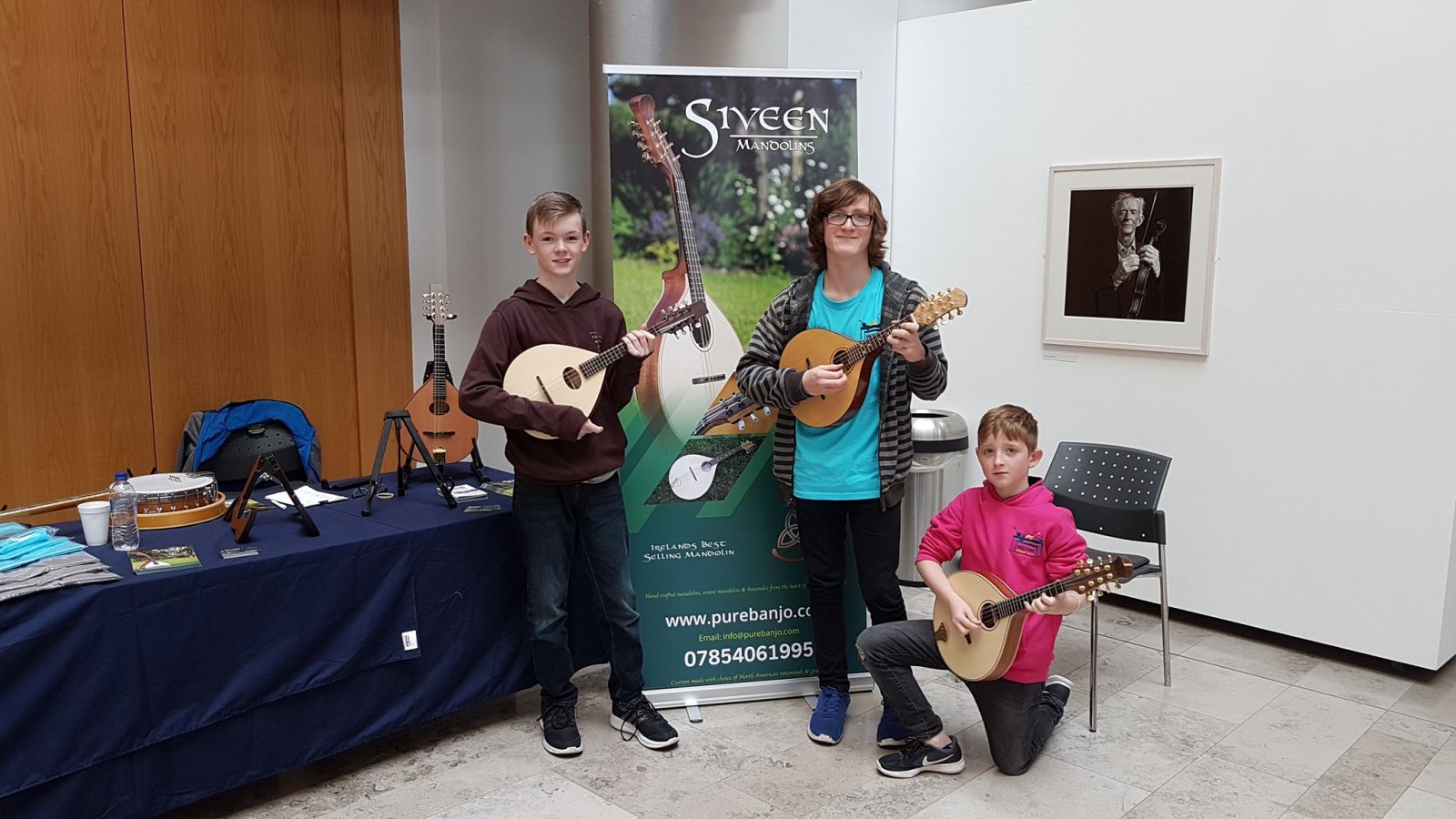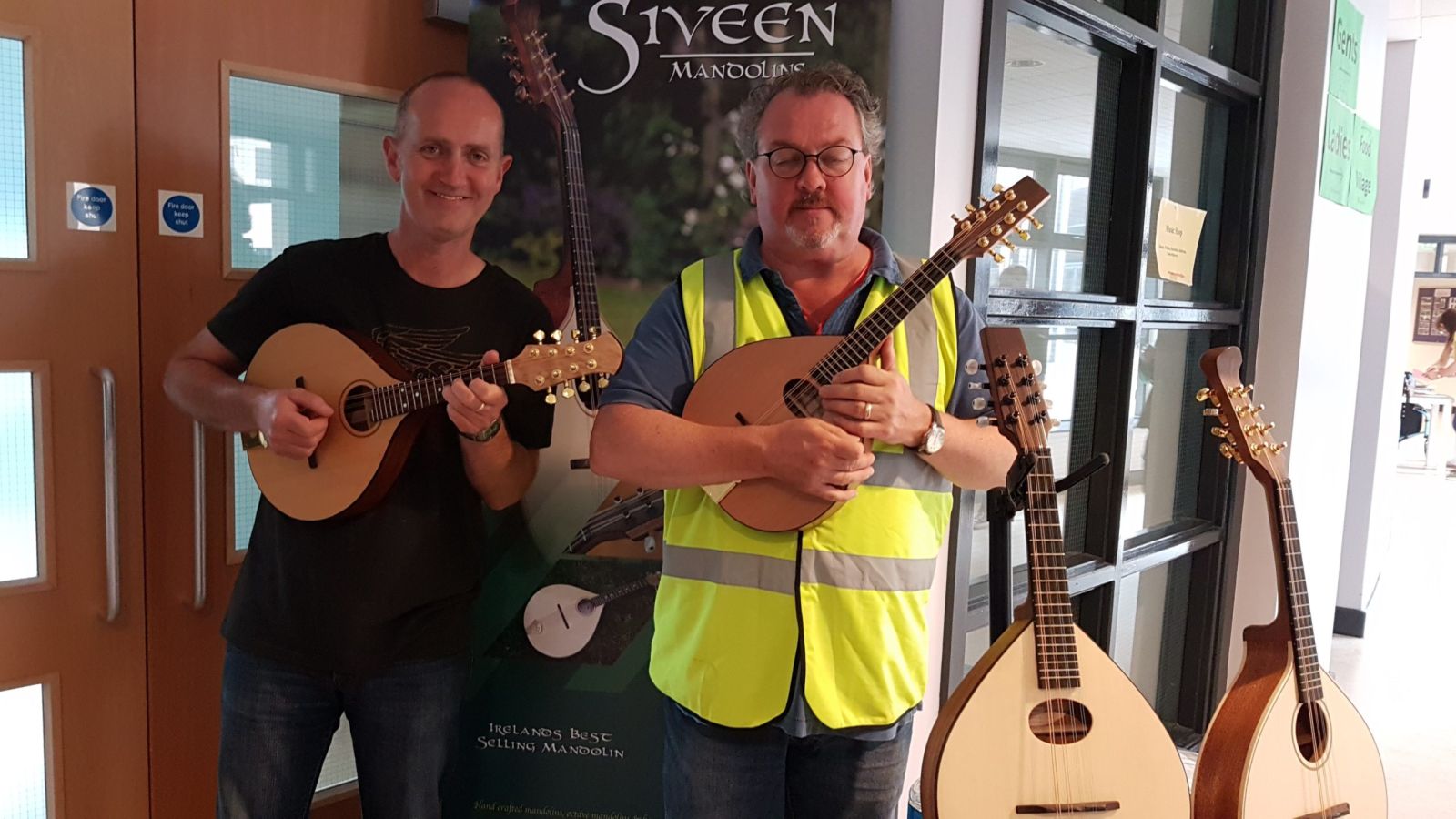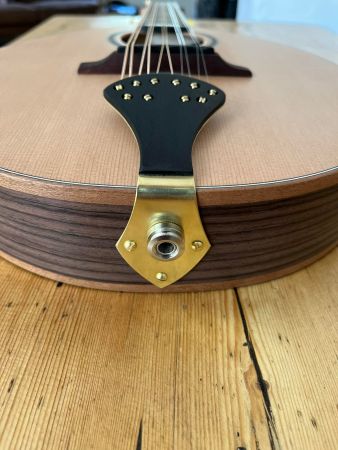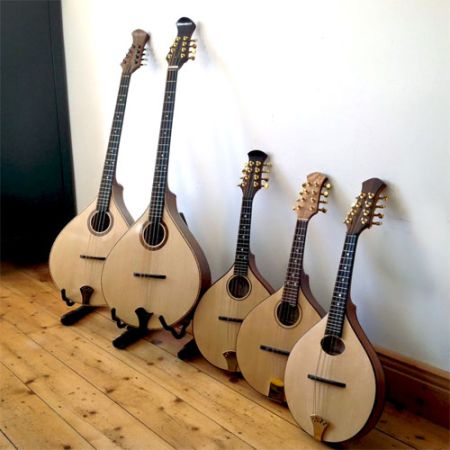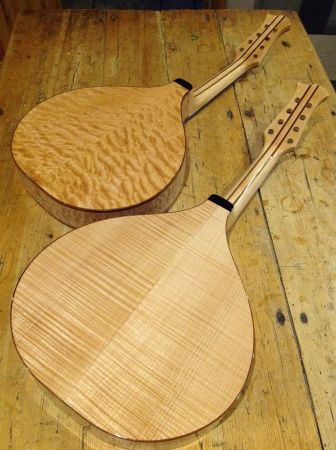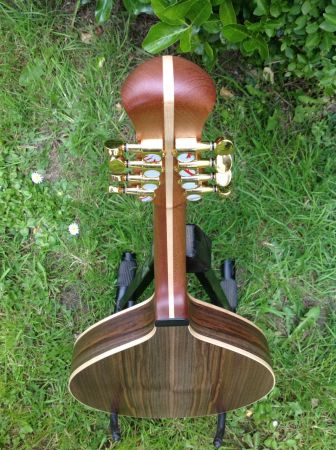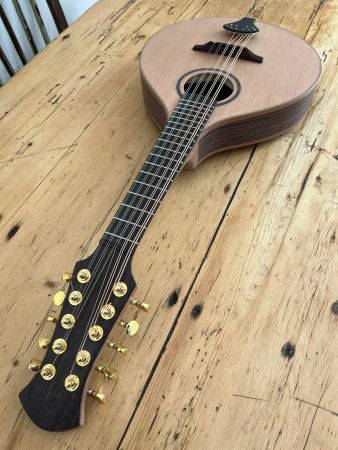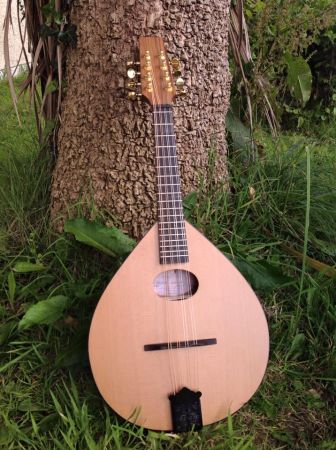Buying a mandolin can also be as confusing as buying a banjo, I believe I can offer you some good advice.
Theres an old saying…
Start with a too-cheap mandolin and it will put you off playing the mandolin!
Mandolins are a common sight in musical instrument shops, but they’re also a little misuderstood! Simply search the web for a mandolin and you’ll be served with a minefield of pictures mandolins from cheap to expensive. Lets take a look at how to approach buying a mandolin that won’t end up in the attic!
What makes a good mandolin?
Obviously the amount of care that goes into making the instrument is going to make a big difference to the quality of the instrument. Mandolins are under a lot of tension and those small fingerboards don’t leave a lot of margin for error when you’re playing chords/tunes, so you need a nicely shaped, straight neck that can be adjusted correctly – The biggest complaint about cheap mandolins is that the necks are impossible to get into a shape that allows the instrument to be set up to play easily, and it’s as important for an absolute beginner as it is for an expert to be able to fret notes easily and cleanly. A good tell tale sign of a bad mandolin neck is if you lay a straight edge along it and see a banana shape to the fingerboard between the nut and body join, then a ‘ski jump’ – ie the fingerboard rises steadily upwards – from the body onwards.
F-style or A-style ?
The majority of commercially made mandolins fall under two different styles either A-style of F-style. In the examples below the Ibanez mandolin is an F-style while the Gibson and Capek are both A-Style. Although quite a lot of musicians play Irish Trad on the F-style it is more aimed at the bluegrass style of playing. This is due to the shorter sustain and ideal for playing chop chords.
The quality of tonewood, level of craftsmanship, and type of soundhole are much more important in determining an instrument’s sound. If price is a significant consideration, you will usually find that A-style mandolins are less expensive than F-style mandolins of comparable quality, due to the extra work required to make the scroll and points.
Do the shape of sound holes matter?
When it comes to soundholes, most commercially available mandolins again fall into two categories: those with f-holes, like a violin, and those with round (usually oval-shaped) soundholes, similar to a guitar. Broadly speaking, f-holes provide bright, clear tone, while round soundholes provide warm, sustaining tone.
Mandolins with f-holes will almost always be louder than those with oval soundholes, so if you’re going to be playing in acoustic situations like a bluegrass jam where you need to compete with a banjo, an instrument with f-holes may be your best option. Because of these differences, bluegrass players tend to prefer mandolins with f-holes, while those who play old time or Celtic music tend to prefer round soundholes, but you will find plenty of exceptions on either side. Type of soundhole is an important consideration, but don’t be afraid to try out instruments with both types to find the sound you prefer.
Mandolins New & Old For Sale
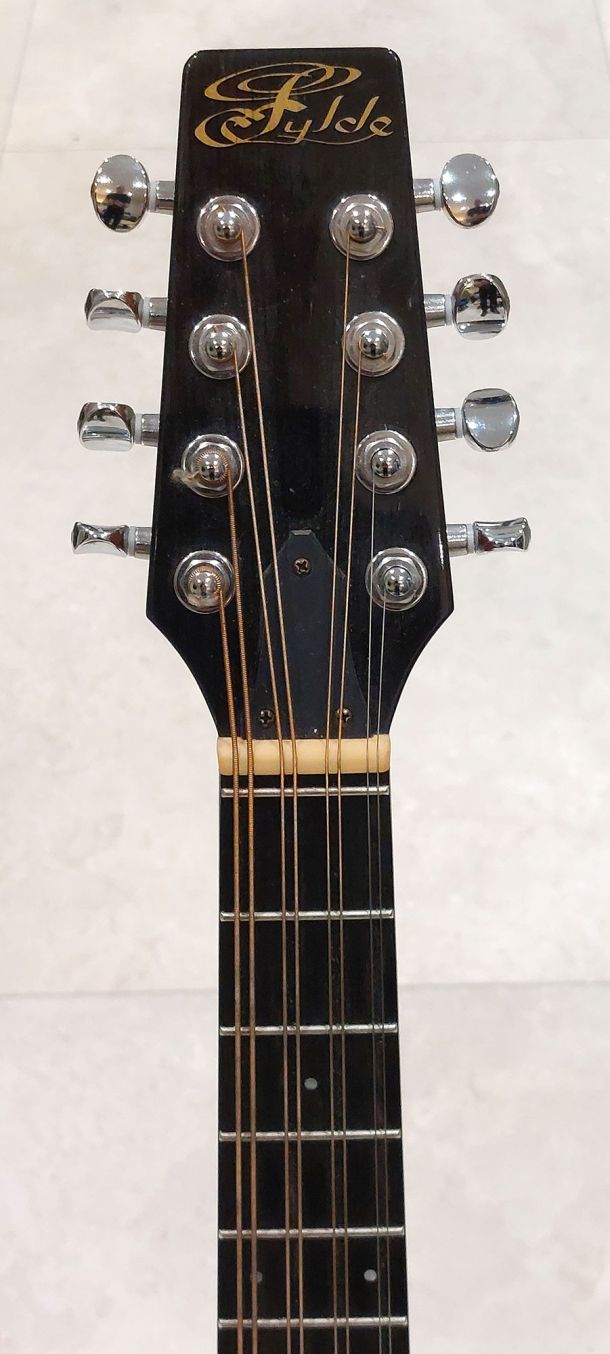
Fylde Octave Mandola
Pre-owned but in immaculate condition, this instrument has been very well cared for over the years. Its sounds superb, and is especially intuitive and responsive to play. This beautifully made Fylde Octave Mandola has a Spruce top and Honduras Mahogany Back and sides and comes with the fitted hardcase.

Fylde Single Malt Touchstone Mandolin
Identical in design to the Touchstone mandolin, but made from timbers reclaimed from the Scotch Whisky trade. The top is built up from sections of Oregon pine from a washback vessel from the Talisker distillery on the Isle of Skye. In new condition…
Sold Mandolins
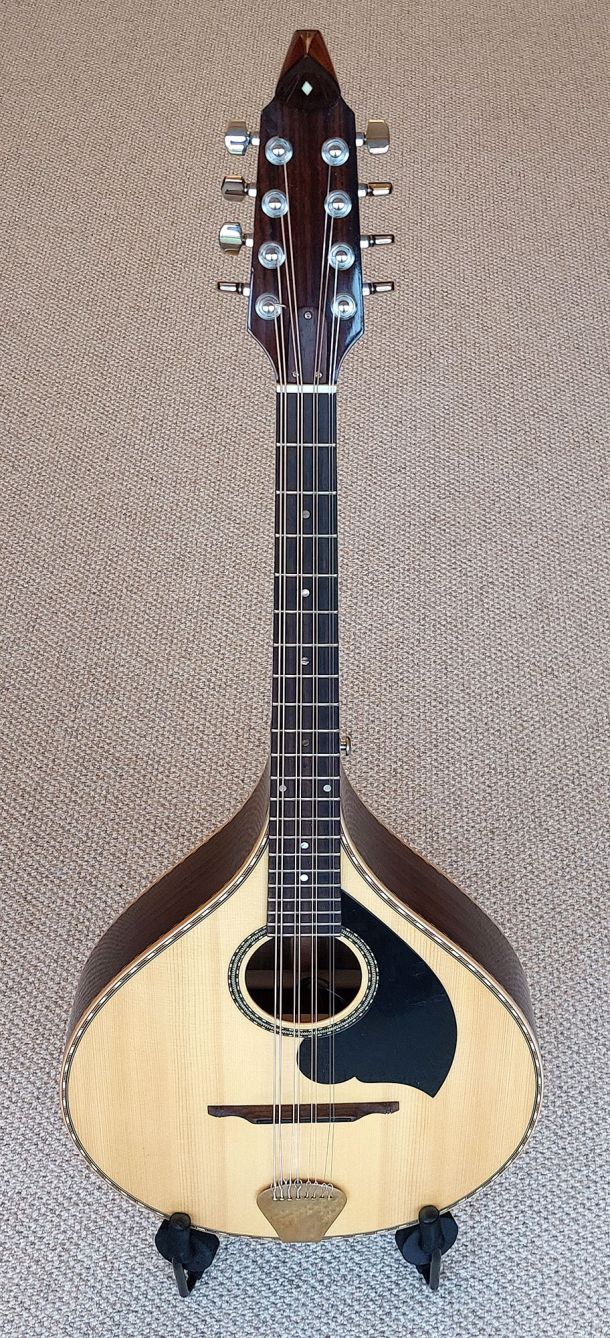
Joe Foley Octave Mandolin (Sold)
Beautiful almost 10 year Joe Foley octave mandolin. This mandolin is in new like condition from the original owner, never been played outside of his home. Please read on for further information
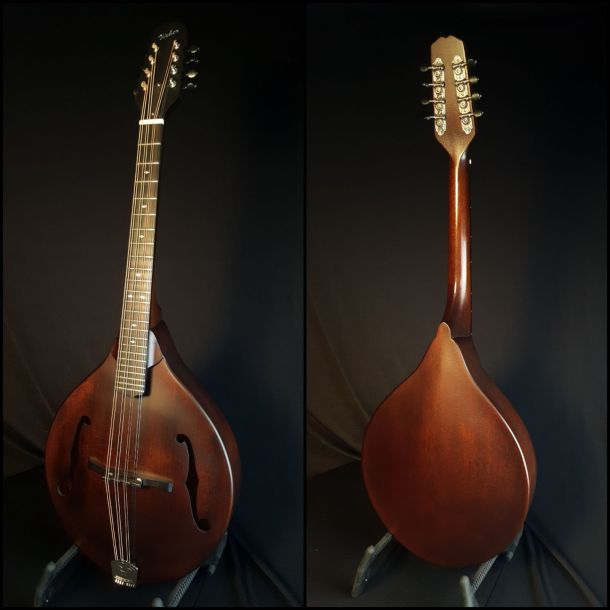
Weber Gallatin A Style Octave Mandolin (sold)
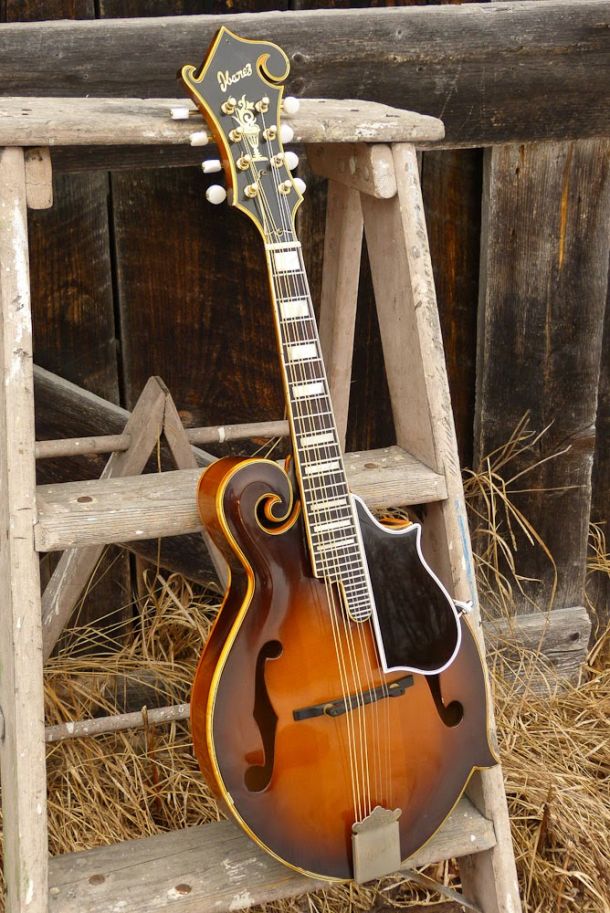
Ibanez Artist Hand Carved top | (Sold)
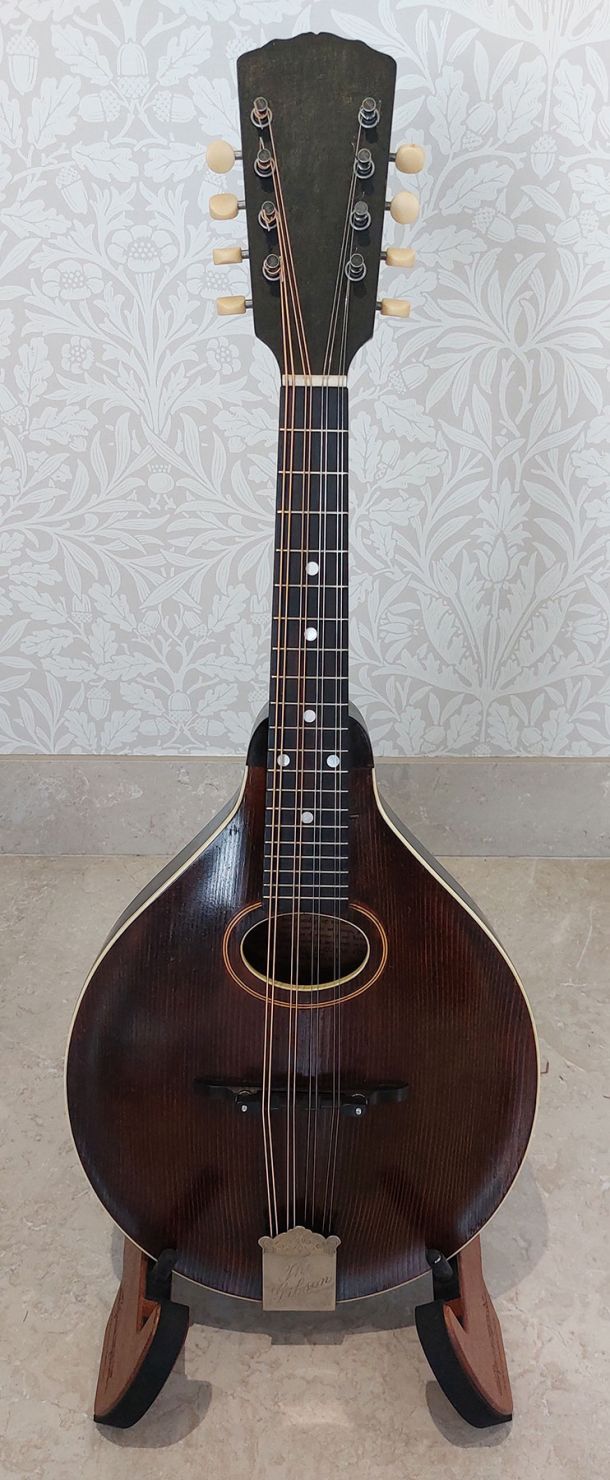
Gibson Style A Carved Top Mandolin (SOLD)
A beautifully cherished 1918 Gibson Style A mandolin in very good condition. Mahogany neck, Sheraton brown stained spruce top, carved, oval sound hole top is Red Spruce, the sides are Maple as is the carved back. The fingerboard and bridge are Ebony.. Original Gibson Tail piece, adjustable bridge, straight neck, good frets with low action, just fitted with new bronze phospher strings. Its very easy to play and has a sparkling clear tone that these mandolins are known for. Fitted with new vintage style waverly tuners but comes with the originals. The pick guard is long gone but these are available through the likes of ebay etc. I’ve owned this little mandolin for years but it’s time someone else enjoyed playing it. Comes with hardshell mandolin case with black fur lining.
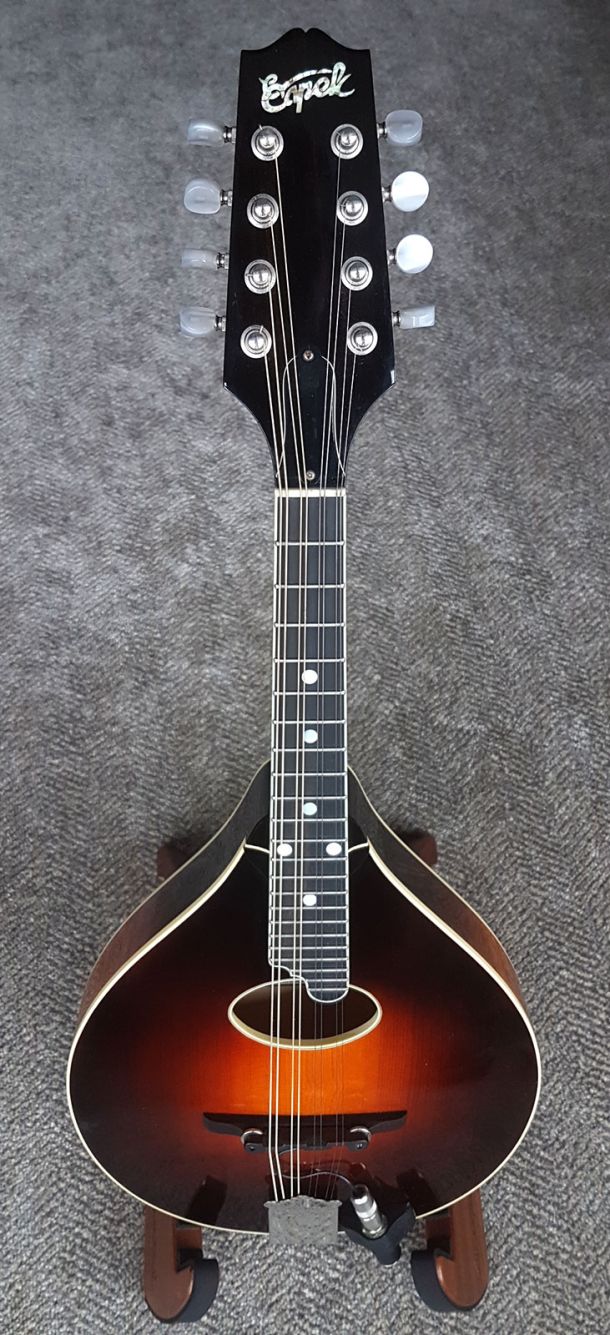
Capek A Style Mandolin (SOLD)
Built at Rosta Capek’s shop in Prague, Czech Replublic in 2008 serial #366 . Beautifully finished in sunburst effect, the lacquer is in excellent condition and has been very well cared for by its previous owner. You’ll have a long wait if you ordered a mandolin from Costa, possibly 2-3 years as his mandolins are in great demand nowadays. This professional quality A4 model basic model (A style, oval soundhole). Solid spruce top, solid flamed maple back and sides, ebony (flat) fretboard and bridge, 28 mm nut width, abalone inlaid logo and bound soundhole. It has volume and depth, sweetness and clarity. Comes with Fishman removable bridge pickup and I’ll include the original adjustable bridge which came with the mandolin. These models retail at 2250 euros

Vintage Vega Carved Top Mandolin (SOLD)
Top grade Presentation model Vega cylinder back mandolin from 1916 with beautiful curly maple body & fancy abalone inlays, fancy Handel inlaid tuners, original case. Strung with Flatwound Strings. It has the original label inside sound hole.Overall in excellent condition, just had professional set up which sounds & plays great, nice original finish, neck straight, original frets, engraved German Nickel-Silver back-plate & fancy Cloud tailpiece. Two point design with the deep, woody tone these old instruments were known for. The mandolin is a dream to play with low action and nice original case

